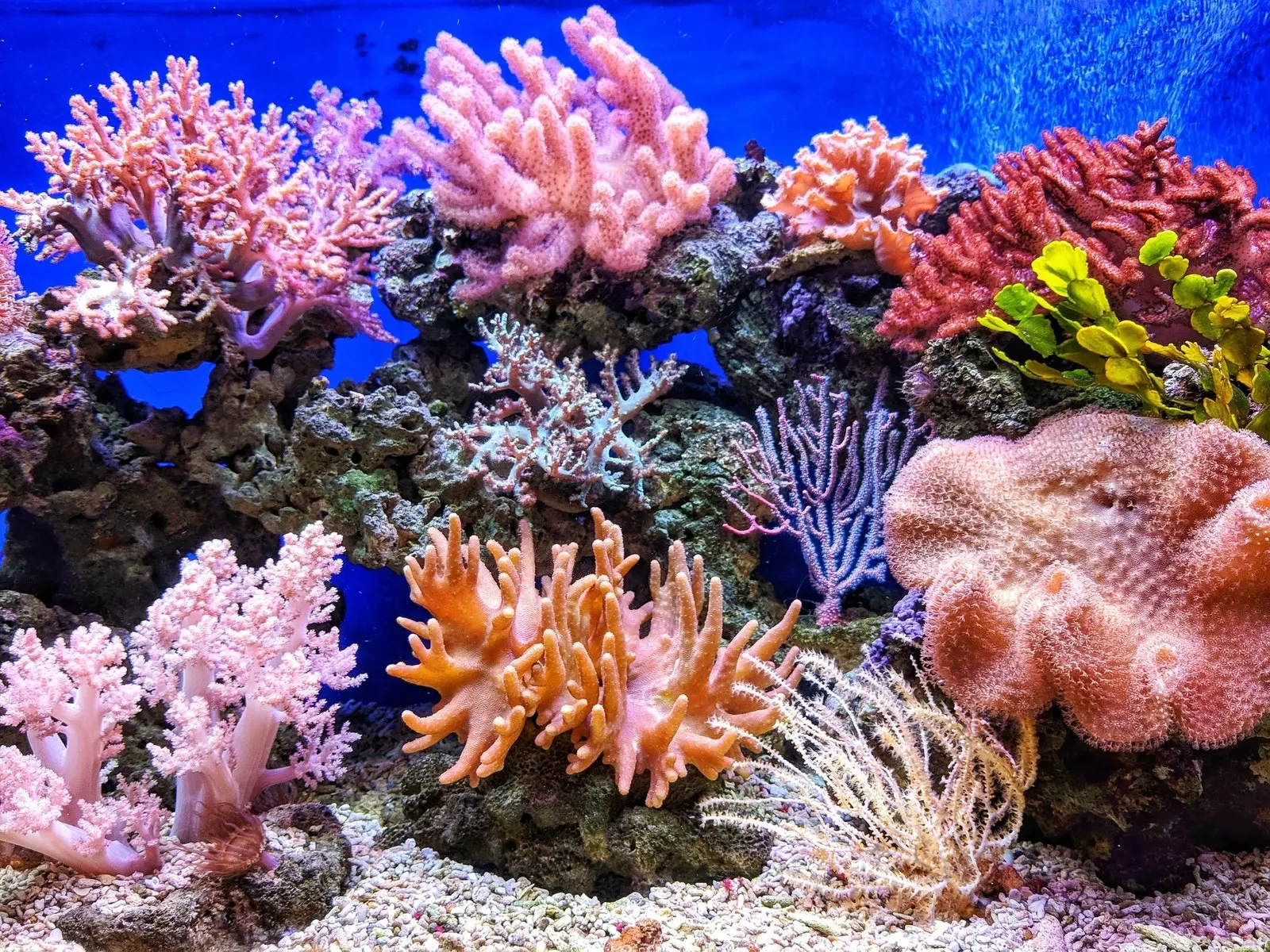
Coral reefs have coexisted on the planet for 400 million years. How to preserve them?
The Coral reefs They have lived on the planet for 400 million years, but their current situation is extreme. If action is not taken soon, they could be degraded. Currently, they face multiple adversities such as pollution, overfishing and, in general, climate change that increases the temperature of sea water and causes coral bleaching throughout the world.
The result is that more than 50% of coral reefs have died in the last 30 years and up to 90% could do so in the next century, according to data from the organization Secore International.
What would a world without corals mean? In addition to having a less diverse ocean, it would also be an economic disaster for many people, mainly in developing countries. Fishing and tourism provide important livelihoods that are directly dependent on the health of coral reefs. . The reefs are nurseries for many species of fish, including marketable ones, and attract millions of tourists each year.
And much more, because offer natural coastal protection , especially in areas frequently affected by hurricanes and tropical storms. The great biodiversity of coral reefs serves as an important source of new medicinal remedies. According to data from this organization, they are estimated to have an economic value of 100,000 to 600,000 dollars per km² in the USA.
This is why the cat food brand SHEBA and Mars Inc. have launched a campaign to restore them. SHEBA Hope Reef has as purpose restore around 185,000m2 before 2029.
How? The start of the project is taking place in the Spermonde archipelago off the island of Sulawesi, in Indonesia . An archipelago known as coral triangle , because it was once an area with an abundance of underwater life. Unfortunately this is not the case today because after decades of fishing with dynamite and cyanide, it is practically destroyed.
The work is to start by restoring the reef through the structures of reef stars . It is a type of steel structure that helps reefs grow and develop more strongly thanks to fragments of others with good conditions. A team of four divers can install around 250 reef stars in one day on the seabed. , so that in 20 days almost 500 km2 can be created.
Off Sulawesi, the SHEBA** coral restoration project has already planted more than 19,000 stars with more than 285,000 coral fragments**. Each project is adapted to its particular environment with the aim of restoring the original ecological state. So they calculate that in three years the replanted corals would have grown to make the word "hope" visible from above . Since the reef was planted, coral cover has grown from 5% to 55%. Before long, the coral will have grown so large that the word "hope" will no longer be visible.
